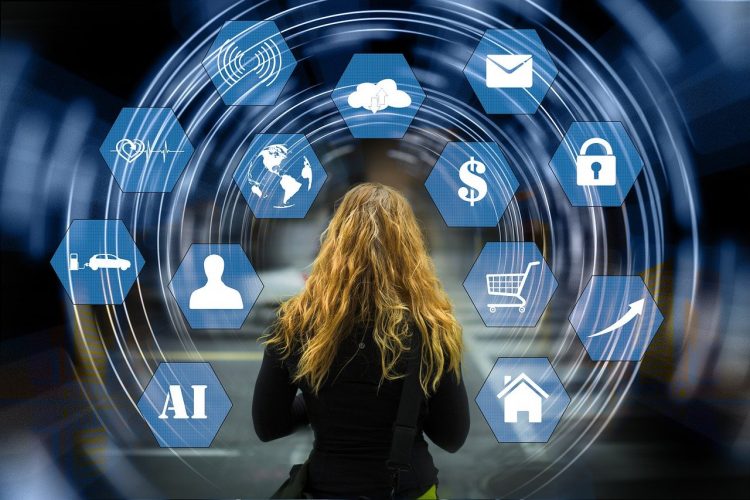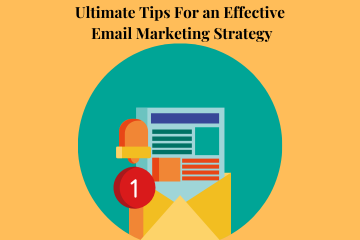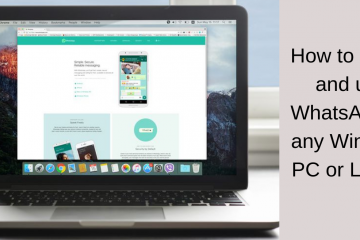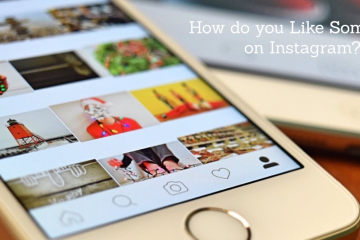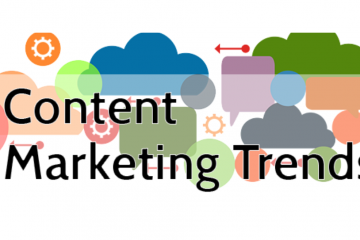How to Find Influencers With a Little Help From AI
Our life in the 21st century is full of AI. Alexa and Siri help us manage our daily life. Activity monitors can remind us to move around when we’ve been sitting for too long. And Google and Facebook know what ads to show us based on our search history and online habits.
Influencer marketing is a purely digital strategy, so it’s not surprising that artificial intelligence has also been applied to the influencer discovery process. Want to find Instagram influencers from South Carolina who post about fashion and have at least 50K followers? Or maybe you need Youtube influencers from Canada who create vegan cooking videos?
That type of query might be difficult and time-consuming to suss out directly on social media. But don’t worry, because AI is here to back you up.
Don’t skip this important first step
Before you start searching for influencers, know what you’re looking for. You won’t be able to make a decision when it comes to influencers if you haven’t already planned out your influencer marketing campaign!
Ask yourself the following questions:
- What is my objective in this campaign?
- Which KPIs will help me measure my progress?
- Who is my target audience?
- What is my campaign schedule?
- How much can I offer influencers in incentive?
It’s also important to keep in mind that despite what artificial intelligence tells you, your gut is also important. There are certain things computer programs can’t easily pick up on, like visual aesthetic, tone of voice, or key values. And you should always choose an influencer who aligns with your brand with respect to these elements.
Influencer marketing platforms: AI’s answer to influencer discovery
You can look for influencers directly on the social network of your choice. Search among your followers, track hashtags, and look at your brand mentions, and maybe you’ll find the right person for your campaign.
If you want to use this method, block out a good chunk of time for discovery. What’s more, you won’t have access to influencers’ performance-driven metrics other than basic things like follower count. For metrics like engagement rate and growth over time, you’ll have to ask an influencer to send you their internal metrics before you can fully vet them.
However, there’s a more efficient way to do this: use an AI-powered influencer marketing platform.
What is an influencer marketing platform?
An influencer marketing platform is a type of software that essentially works like an influencer search engine. The software lets you search using various filters, like category, location, followers, for example. Then, when it returns results, you get access to analytics data about those performance-driven metrics we mentioned above.
This means you can see deeper into an influencer’s profile before you even reach out to them. This saves time and energy, and helps you make confident decisions from the get-go.
FYI, these services are generally subscription-based. You have to pay a monthly or annual fee to use the software. So, weigh up the investment and your brand’s influencer marketing needs before you decide which route to take.
What should I evaluate when using one?
When working with an influencer marketing platform, there are some key metrics you should evaluate. Let’s run through them now. We’ll also give you tips about how AI can help you detect and avoid fake influencers.
Followers and growth over time
The number of followers an influencer has is important, but it is not always the most important factor to take into account. It’s equally necessary to see how an influencer got their followers over time.
If they gained followers slowly and stably, their growth is organic. But sudden jumps showing drastic growth in a short space show something else: a viral moment, a recent giveaway, or fake followers.
Engagement rate
Engagement rate measures the level of interaction between an influencer and their followers. Followers who trust the influencer and their content are more likely to engage with it in some way, whether as a like, comment, retweet, etc.
Engagement rate varies based on social network and the number of followers an influencer has. Generally speaking, as followers increase, engagement decreases. So, it’s important when evaluating influencers, that you compare them against their peers – other influencers on the same network with a similar number of followers.
Without AI’s assistance, you have to calculate the influencer’s engagement. Add up the number of interactions on a post, divide it by the number of followers, and then multiply that by 100. Do that for a sample of the influencer’s posts and take the average. Then, research the industry averages and compare the influencer against those.
If you’re using artificial intelligence to find influencers, this is an automatic process. The software will take the average engagement of the influencer’s last few posts, and then plot it visually compared to their peers. It will also recommend when it thinks that an engagement rate is suspiciously high, which may be a sign that the influencer bought fake engagement.
Audience demographics
AI can also help you make sure that you’re reaching your target audience with your influencer choices. Before selecting an influencer, assess their audience’s demographics, like age, gender, language, location and interests. Don’t assume that just because an influencer matches your target, that a majority of their followers do.
Imagine for example that you’re launching a campaign in Canada, where your small company is based. You want to boost sales, but you don’t look into an influencer’s audience, and so you don’t realize that many followers are actually located in other countries, where your brand doesn’t ship yet. Now you’ve lost significant opportunities to make sales, as the people who see your campaign content can’t actually order your products.
Audience authenticity
A final metric to look into is audience authenticity. Artificial intelligence can recognize the type of behavior commonly found among bots. The software then tells you which percentage of followers looks suspicious.
According to a 2019 study by Mediakix, influencer fraud was a top concern among marketers, and it’s hard to imagine that’s not still true. Just about everything can be bought and sold online, and influencers can easily buy fake followers, fake likes, fake comments, and more. So take an extra moment to evaluate authenticity before choosing any influencers to collaborate with.
Take away
If your brand is really pressed for budget, or if you’re only planning to work with a few influencers, maybe an influencer marketing platform isn’t the best investment for you. You may be better off just searching directly on social media.
However, if you’re preparing a large campaign, or if your budget allows for it, an influencer marketing platform can help save you time and stress. Just remember to thoroughly vet every influencer before contracting them for a collaboration with your brand.
